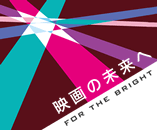

» TOKYO FILMeX Competition
|


» Special Screenings
|


» Special Program (1) Filmmaker in Focus: KAWASHIMA Yuzo
|



» Special Program (2) Filmmaker in Focus: SOMAI Shinji
|


» Special Program (3) Nicholas RAY 1911-2011
|


» Jury / Awards
|



» Entry Form / Regulations

|


» Talent Campus Tokyo

|


|
 |


Special Program (1) Filmmaker in Focus: KAWASHIMA Yuzo

Presented by Shochiku and TOKYO FILMeX
[English subtitled prints] Tokyo Metropolitan Government and Tokyo Culture Creation Project (Tokyo Metropolitan Foundation for History and Culture)

KAWASHIMA Yuzo Biography

|
Born 1918 in Tanabu Town, Shimokita-gun (now Mutsu City), Aomori. Joined Shochiku after graduating from Meiji University. Worked as an assistant director to filmmakers including SHIMAZU Yasujiro, OZU Yasujiro, and KINOSHITA Keisuke, before making his directorial debut with "Kaette kita Otoko" starring TANAKA Kinuyo in 1944. Went on to direct mostly "program pictures" such as the classic nonsensical comedy "Shimikin no Oo! Shimin Shokun" (48), but broke new ground with his vivid depiction of life in a working-class neighborhood in "Our Doctor, Our Chief" (52). After completing "Between Yesterday and Tomorrow" (54), he switched to Nikkatsu which had resumed film production, and made classics such as Japanese-style screwball comedy "Burden of Love" (55), melodramatic masterpiece "Suzaki Paradise: Red Light" (56), and "Waga Machi" (56), an adaptation of a novel by ODA Sakunosuke. After directing "The Sun Legend of the End of the Tokugawa Era" in 1957, a film that is frequently chosen as one of the most important works in the history of Japanese cinema, he left Nikkatsu for Toho-affiliated Tokyo Eiga. While making literary films such as OOKA Shohei adaptation "Kaei" (61) and YAMAMOTO Shugoro adaptation "Aobeka Monogatari" (62), he also displayed his brilliance in outrageous comedies like "Temptation on Glamor Island" (59) and "Shima no Sebiro no Oyabun-shu" (61). Co-directed "Yoru no Nagare", set in one of Tokyo's downtown entertainment districts, with NARUSE Mikio. Meanwhile, he also made three films for Daiei: "Onna wa Nido Umareru" (61), "Gan no Tera" (62), and "Shitoyaka na Kedamono" (62). All starred WAKAO Ayako, and were masterpieces of a completely different type. On June 11th 1963, KAWASHIMA died suddenly on the eve of the release of what became his final work, "Ichi ka Bachi ka." He was 45. Among his assistant directors during his time at Shochiku and Nikkatsu were
IMAMURA Shohei, URAYAMA Kirio , and NAKAHIRA Ko.
|
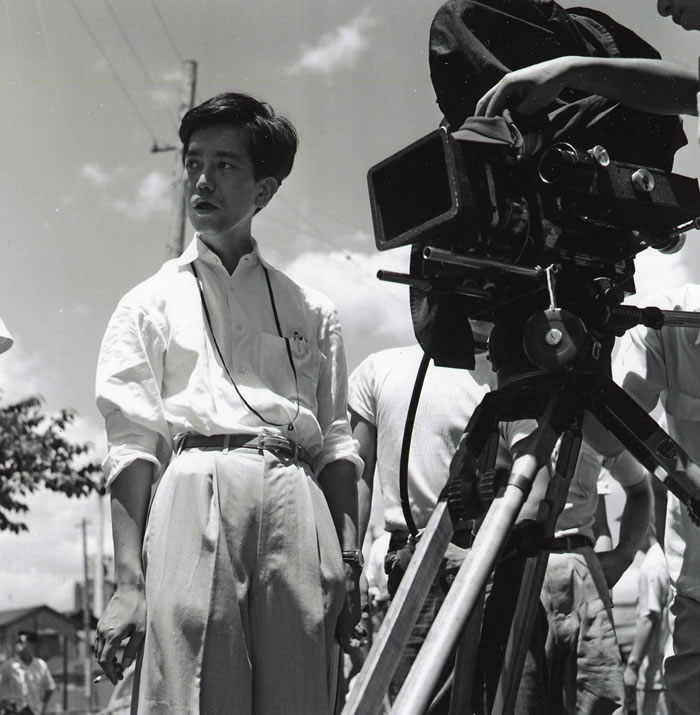
|
* The new English subtitled prints were made as a part of the TOKYO CULTURE CREATION PROJECT in collaboration with the Tokyo Metropolitan Government and the Tokyo Metropolitan Foundation for History and Culture.

Films by KAWASHIMA Yuzo




|
|
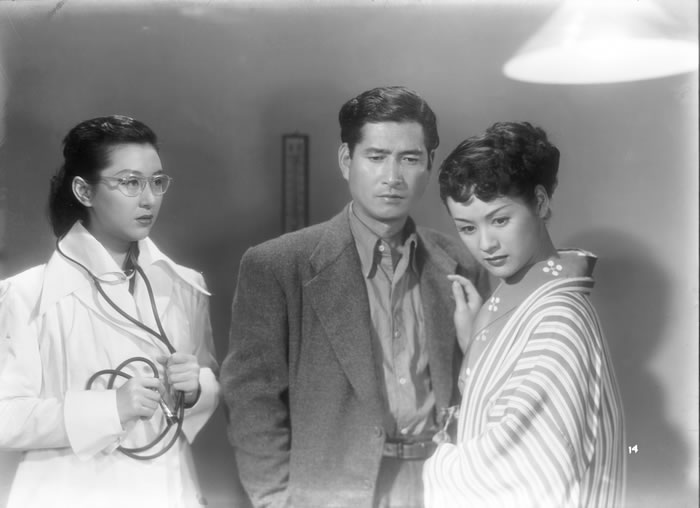
|
|
1952 / 94 min.
©1952 Shochiku
|
|

The inhabits of a tenement house rely on a trustworthy young doctor nicknamed "the pork cutlet prince(Tonkatsu Taisho)." This portrait of the bonds between ordinary Japanese in the wake of World War II is one of KAWASHIMA's best-known films from his time at Shochiku.
|
|



|
|
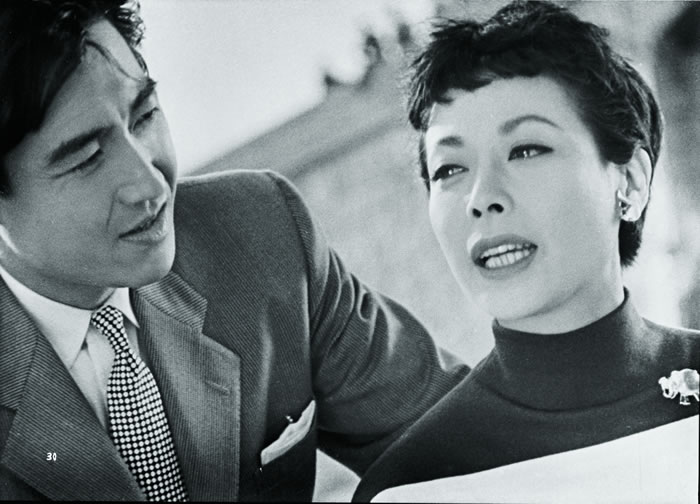
|
|
1954 / 120 min.
©1954 Shochiku
|
|

A man struggling to start a commercial airline finds himself caught between his passion for business and his love life. Based on INOUE Yasushi's novel, KAWASHIMA's final film for Shochiku is a lively study of the complicated lives of men and women drawn to one another.
|
|



|
|
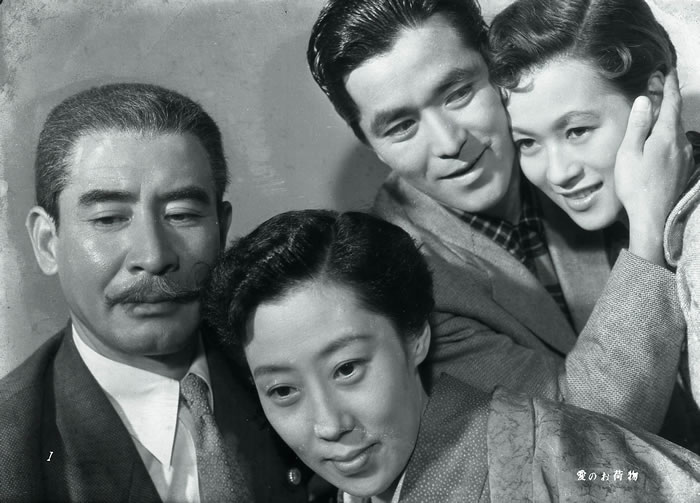
|
|
1955 / 110 min.
©1955 Nikkatsu
|
|

Set during the baby boom era, this urban comedy lightheartedly depicts the furor that erupts when children are born one after another to the family of a welfare minister promoting birth control. KAWASHIMA's first film after switching to Nikkatsu, with IMAMURA Shohei as assistant director.
|
|



|
|
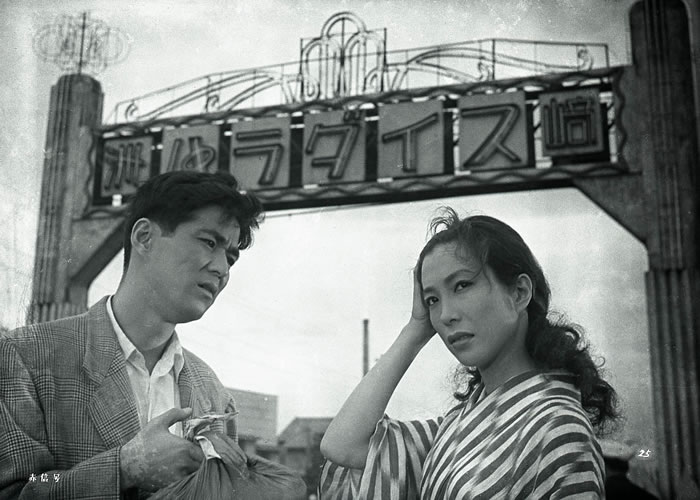
|
|
1956 / 81 min.
©1956 Nikkatsu
|
|

A richly poetic evocation of the inescapable relationship between a man and a woman who end up in red-light district Suzaki Paradise. A landmark in KAWASHIMA's career, and a radiant masterwork of Japanese cinematic melodramas.
|
|

Films by KINOSHITA Keisuke




|
|
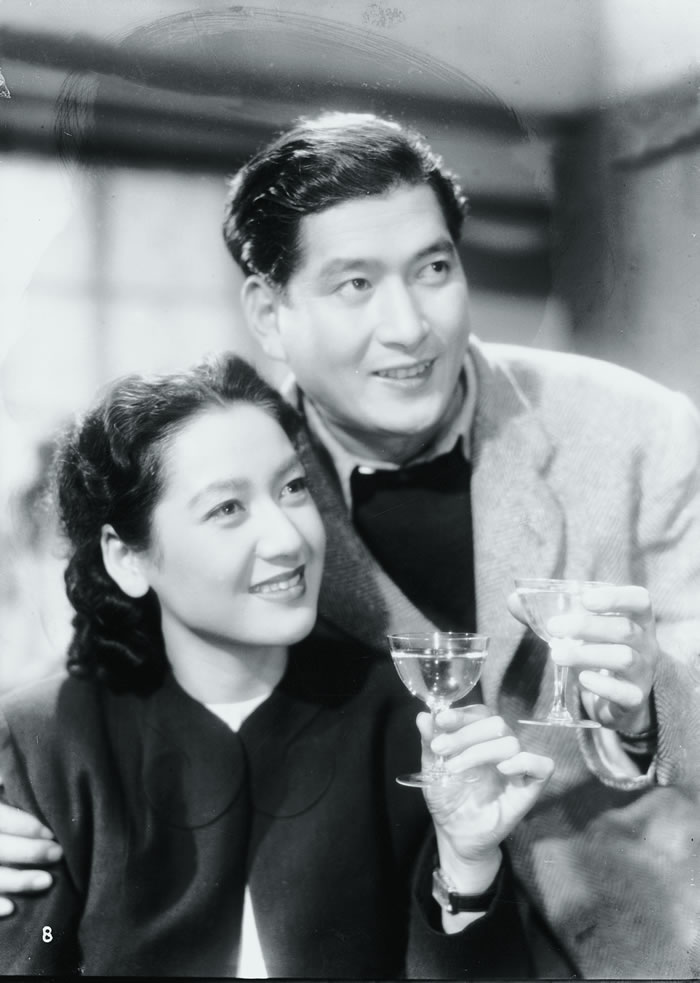
|
|
1949 / 89 min.
©1949 Shochiku
|
|

A classic comedy detailing the courtship of the daughter of a former noble family by a nouveau riche businessman. Don't miss the comical antics of HARA Setsuko, making her only appearance in a KINOSHITA film.
|
|


Tokyo Culture Creation Project, organized by the Tokyo Metropolitan Government and the Tokyo Metropolitan Foundation for History and Culture in cooperation with arts organizations and NPOs, aims to establish Tokyo as a city of global cultural creativity. The project facilitates involvement of a larger number of people in creation of new culture, by building regional bases for culture creation across the city and offering opportunities for creative experiences to children and young people. Moreover, it creates and globally disseminates new Tokyo culture through organizing international festivals and other diverse events.
|

|

|

|
